[ad_1]
Among the the many strategies of plant propagation, cuttings are the most preferred, since with its support you can conveniently and speedily get a plant that is wholly equivalent to the mum or dad. This approach is based mostly on the exclusive means of flora representatives to recreate on their own from a leaf, a fragment of a stem or a piece of root. How to develop plants from cuttings? What are the principal sorts of cuttings? What crops can you develop from cuttings? Read on and uncover out a ton of useful information!
What Are the Major Kinds of Cuttings for Plant Propagation?
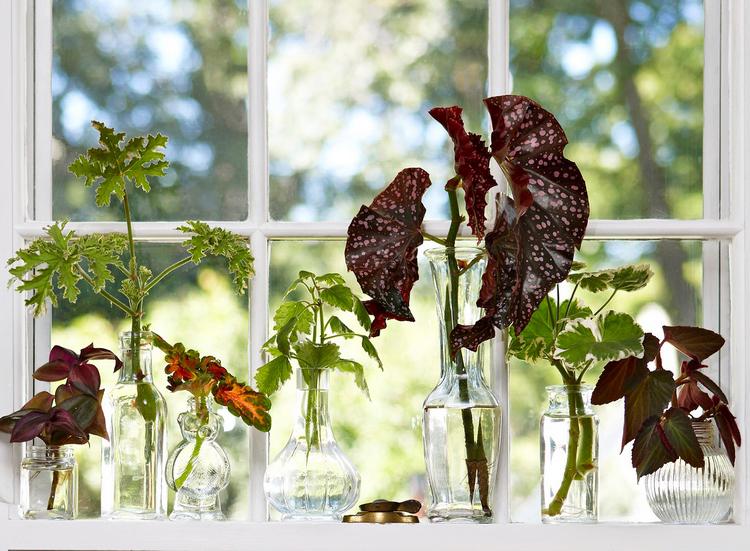
Advertisements
Cuttings are a single of the principal strategies of propagation of not only back garden, but also indoor crops. This is not shocking, considering that with this technique, without harming the father or mother plant, you can get a massive and speedily growing offspring. There is almost nothing challenging in rising plants from cuttings. Usually, there are two principal forms of cuttings – softwood cuttings, also termed leaf cuttings, and hardwood cuttings. What are the variances?
Softwood cuttings (Leaf cuttings) enable you to get new vegetation from a solitary leaf or even component of it. This is the most productive way to propagate succulents or cacti, Sansevieria, Begonia, Saintpaulia (African Violets), Echeveria, and so forth. Leaf cuttings are taken from new shoots in May perhaps-June (late spring or early summer season) and stored moist until eventually roots are recognized.

Adverts
Hardwood cuttings are taken from experienced, woody plant stems all through drop-winter season period and planted in spring.
In addition, there are other varieties of cuttings like idea cuttings, basal and heel cuttings. Of course, a idea chopping is taking a element from the increasing suggestion of a stem. Basal cutting is having a aspect department which is close to the primary stem of the plant and heel cutting signifies using a part of the previous stem of the plant.

One of the major rewards of propagating plants from cuttings is the least damage brought on to the plant itself. Only a several shoots are cut and this course of action does not cause major personal injury to the plant and does not direct to inhibition of its development. Other benefits incorporate that you can get a massive variety of new vegetation in a short time, the new vegetation establish faster reach their greatest decorative influence speedily, rapidly restore previous or neglected kinds, and many others. Quick propagation crops incorporate a massive quantity of indoor kinds. Even with small expertise and expertise you can use this process to get new plants.
How to Make Cuttings to Propagate Indoor Vegetation?

As effortless as it is to choose a reducing variety a plant, here are some uncomplicated recommendations to retain in mind!
- Make positive that you use a sharp blade to choose cuttings. In this way you will decrease the risk of injuring the guardian plant.
- Dip the blade in rubbing alcoholic beverages right before using cuttings. In that way, if you have a plant with a ailment, it will not be transmitted to the new 1.
- Make a slice at an angle of 45 degrees, because this achieves the major open up region for h2o absorption and, accordingly, the development of roots.
- Clear away flowers and flower buds from cuttings. This will help you save the power of the plant for rooting.
- Opt for a proper container. Depending on the strategy that you picked, insert the cutting in water, soil, coarse sand, etc.
- Do not expose the slicing to direct sun. Make guaranteed you give vivid, oblique gentle to stem and leaf cuttings.
List of Vegetation to Develop From Cuttings
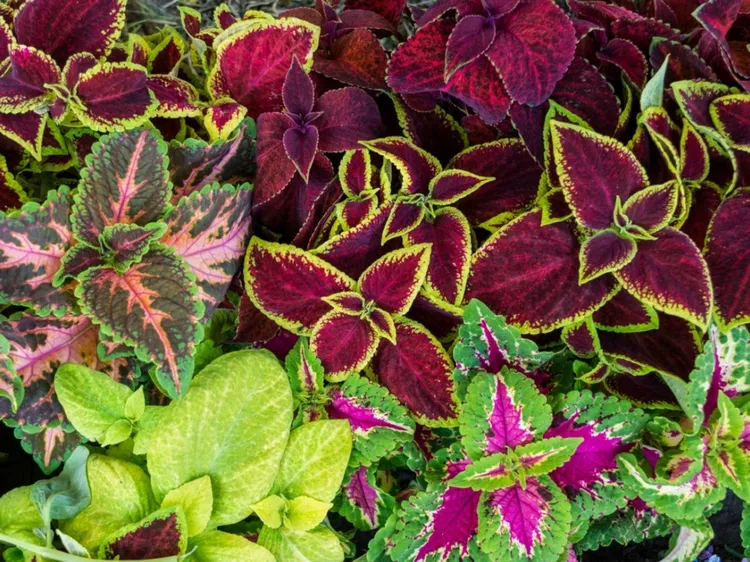
Right before proceeding with the preparation of cuttings and their rooting, it is significant to know whether a plant can be propagated by cuttings. Upcoming you need to do a proper cutting, prepare a acceptable container and soil, plant a reducing and adequately treatment for it. Here is a listing of plants to develop from cuttings:
Tradescantia

If you are searching for a plant that can be rooted merely in h2o, then you should really pay back awareness to Tradescantia. It is a uniquely unpretentious plant. Slice branches with a length of 4-6 inches/10 to 15 cm. You can spot the cuttings in drinking water, but considering that the plant is characterized by practically 100% survival price, most often the cuttings are merely planted in pots. If you are rooting in water, then do not hurry to plant plants in the soil, wait around right until significant-excellent large roots are formed.
Coleus

Coleus is a excellent, reduced-routine maintenance plant and likely a person of the least complicated to expand and propagate. It will come in a wealthy palette of leaf colors coleus, distinct leaf styles – coronary heart-shaped, oval, scalloped or wavy edge and a large assortment of textures. This indoor plant can be attained from seed or cuttings. Young shoots are slice in spring. Rooting coleus can also be carried out in the soil. But the least difficult way to root the branches of a plant is basically in drinking water.
Peperomia
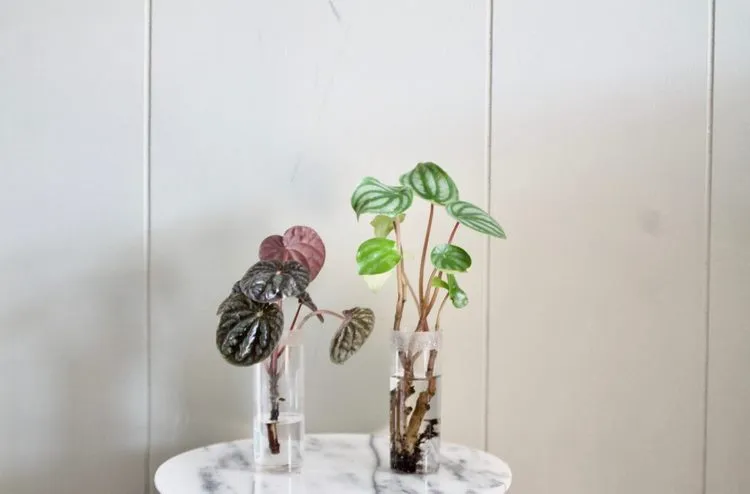
Peperomia is effortless to propagate, and cuttings with one particular, two or three nodes are the most effective way. Place the cuttings in h2o until finally roots create and transfer to pots. You can plant the cuttings in soil but continue to keep in mind that the plant demands high temperature – 24-25C/75-77F degrees.
Dracaena

Dracaena is a houseplant that never ever goes out of fashion and is quite simple to improve from stem cuttings. Minimize a 5 to 7 cm/2-3inch very long section and dip in h2o. When the plant develops roots, it is planted in soil.
Echeveria

Echeveria is a well-liked succulent commonly employed in terrariums and succulent gardens. Echeveria rooting is carried out only in soil. Cuttings root pretty promptly – typically in two weeks, and establish speedily and actively.
Dieffenbachia
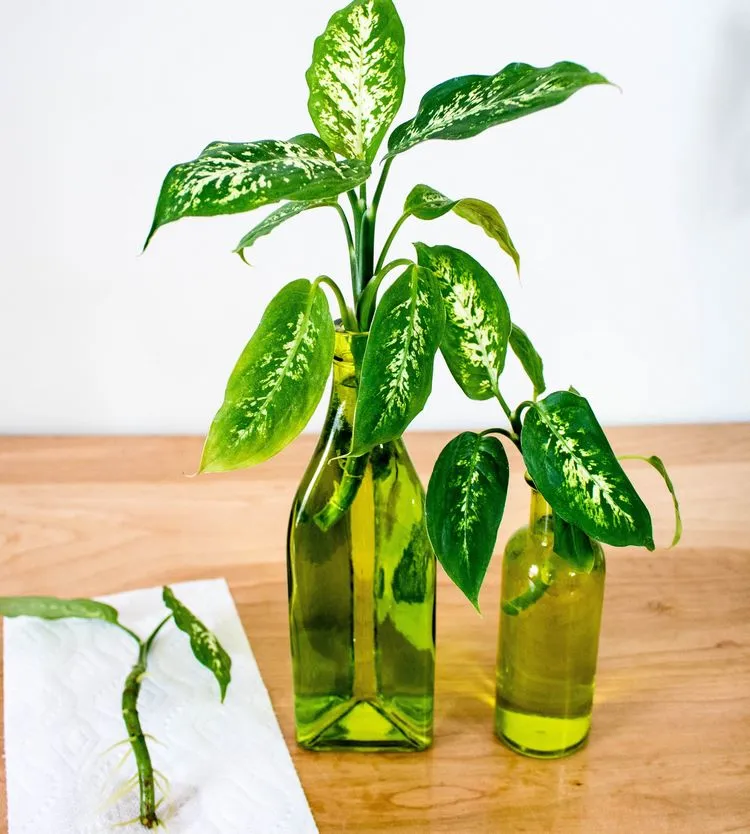
Dieffenbachia is also easy to propagate by cuttings. To do this, the “crown” with 5-6 leaves is lower off from the plant with a knife, it easily provides roots in drinking water. When positioned in water, roots will look at the stem cuttings and “sleeping” buds will swell. Keep in thoughts that dieffenbachia is a toxic plant that can induce an allergic response. Make certain that you get the job done with gloves and soon after you end with cuttings, wash your fingers with cleaning soap and water.
Saintpaulia (African violets)
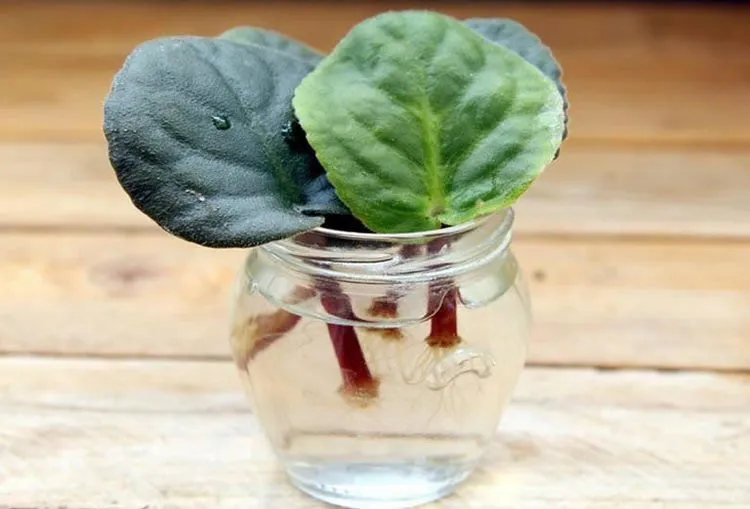
African violets involve pretty frequent rejuvenation and modest treatment. Even at exhibitions, you can normally buy not bushes, but personal leaves, from which you can speedily get youthful balanced bushes at no extra value. Violet leaves are diligently lower with a 3-4 cm/1-1,5 inch slicing. The most important issue is to dry the sections. The leaves can be pre-rooted in water or immediately planted in the soil.
Philodendron
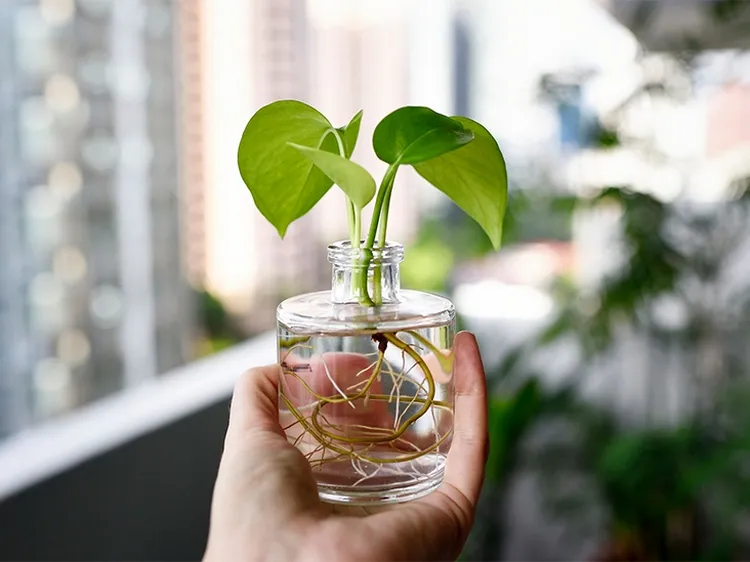
Slice the stem and location the reducing in a glass of water. Once the roots are establishes, the chopping is ready to be transferred to a pot stuffed with soil. Philodendron cuttings can be planted specifically in soil as nicely.
Prayer plant
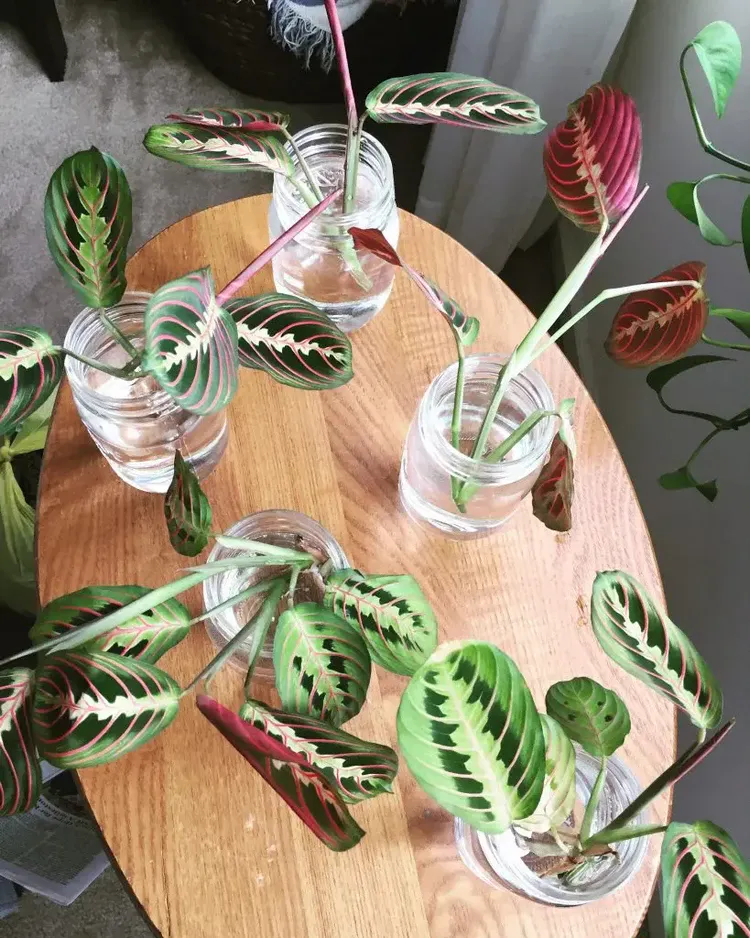
Prayer plant is propagated from stem cuttings devoid of any trouble. You require to take cuttings just underneath the nodes closer to the bottom of the stems and set them in a glass with clear drinking water.
Cyperus (Dwarf Papyrus Sedge)
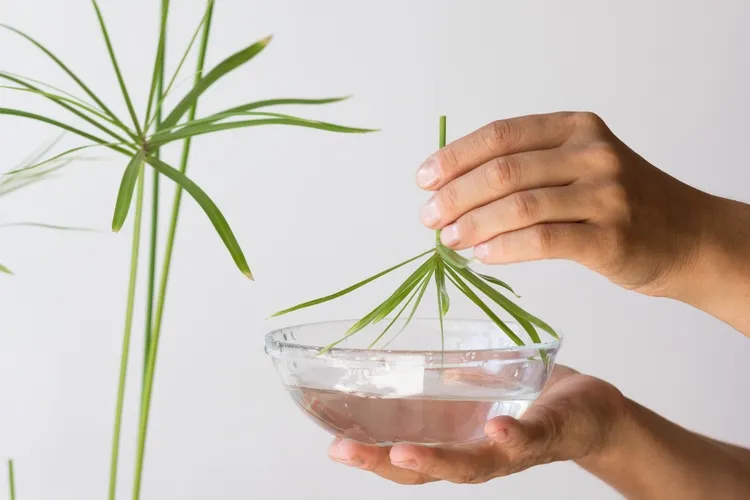
The lush bush of this flower appears to be like a mini palm tree and is for that reason very well known amid flower growers. Consider a cutting and place the leaf head upside down in some h2o. Roots will show up immediately after 4 to 6 months.
[ad_2]
Source hyperlink
































